10 Things to Know About Prefab Homes
http://decor-ideas.org 11/09/2014 01:13 Decor Ideas
Are prefabricated homes, which are constructed at least partially offsite, really more eco-friendly than stick-built homes? How do costs compare? If you’re wondering if a prefabricated home is right for you, or if you’re just curious, these 10 need-to-know facts about prefabs will get you up to speed.
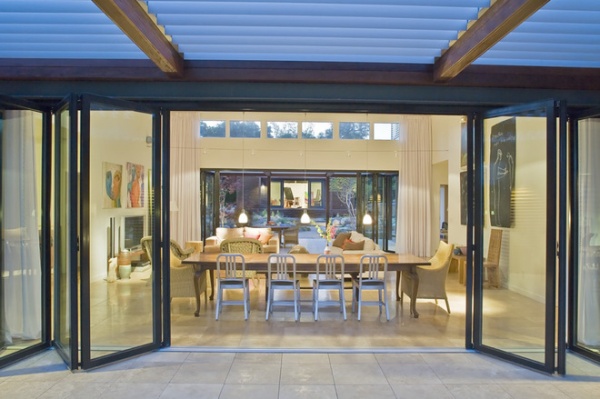
1. Prefabricated homes are not a new idea. Although they’ve been getting buzz in this decade, the truth is that prefab homes have been around in various forms since at least 1908, when Sears began selling kit houses. Shipped out to the homeowner by rail, the components of the home and plans were then used by local builders — or handy homeowners — to build the house onsite.
2. There are two types of prefabricated homes: flat pack and modular. Modular homes are built almost entirely in a factory and shipped complete with windows, doors and interior finishes in place. The modular pieces are then fitted onto a foundation at the building site. For a flat-pack home, all of the necessary pieces are prepared and shipped unassembled — think Ikea but for a house.
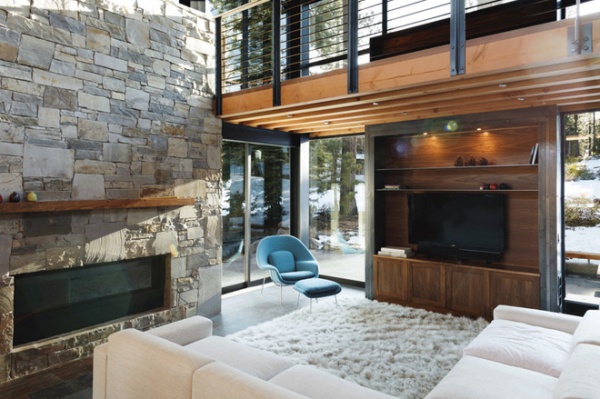
3. Prefab homes can be custom made. If you thought that going the prefabricated route meant sticking with a limited range of choices, think again. Depending on the firm, you can have the same control over design choices that you would get in a custom stick build. Blair Porteous of sagemodern says, “All of our homes are custom prefab, so our homes are designed to meet the client’s program, and to take advantage of the existing site conditions, like views, trees and sun orientation.”
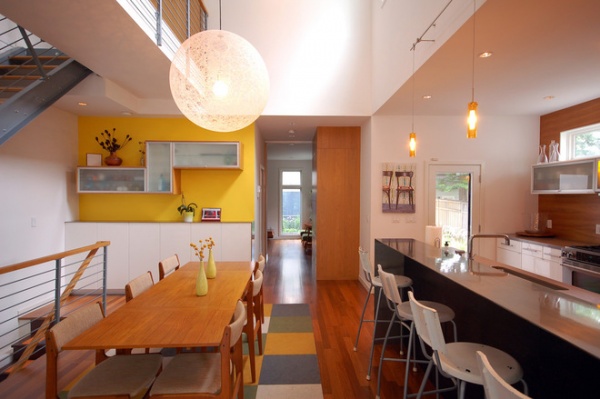
4. Choosing a prefab home can relieve decision-making pressure. While flat-pack homes offer more flexibility than modular homes, “too much flexibility is not always a benefit,” says Bruce Waltar, business manager at FabCab. “Homeowners can become overwhelmed by the amount of options available, so going prefab can help limit choices.” Anyone who’s lived through a remodel (or custom build) can attest to the fact that the sheer number of decisions you are required to make is enough to make even a normally unflappable person feel like throwing a tantrum.
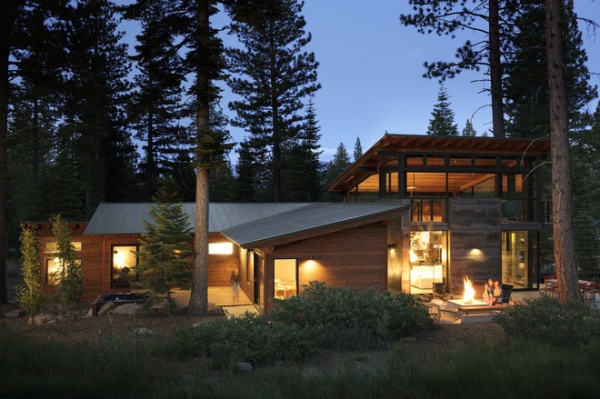
5. Prefabs are quicker to build than stick-built homes. “Prefab construction takes about half the time of a comparable traditionally built home,” says Porteous. Because prefabricated homes are at least partially assembled in a factory offsite, that means preparatory work — like laying a foundation — can be going on simultaneously, shaving a good deal of time off the schedule. Modular homes are especially speedy, because they arrive fully finished on trucks. But even a flat-pack home is far quicker to construct than a stick build because all of the measuring and cutting is done in advance.
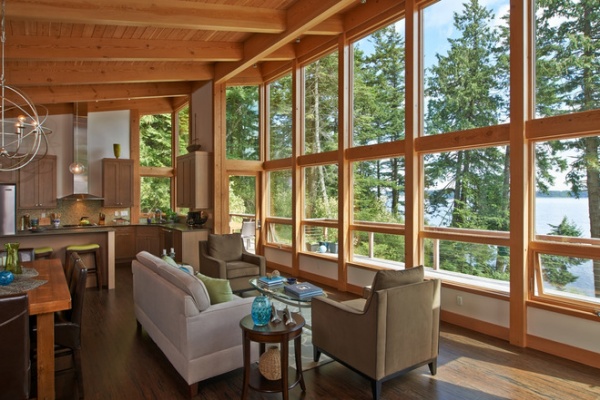
6. A prefab home can cost less than a stick build, but not always. “Due to the extreme slowdown in the residential construction industry, site-built contractors are very aggressive on pricing and modular construction is as often as not more expensive than site-built,” says Christine Stoffel of Hive Modular. In the past, prefabricated homes had the cost advantage, so we may see that come around again in the future.
Alternatively, a big boon to the bottom line can come if you happen to have construction experience, and are willing to put in the time and effort to construct a flat-pack prefabricated home yourself. This is an especially appealing route to take if you are looking to build a smaller structure, like a studio in the yard, rather than a full house.
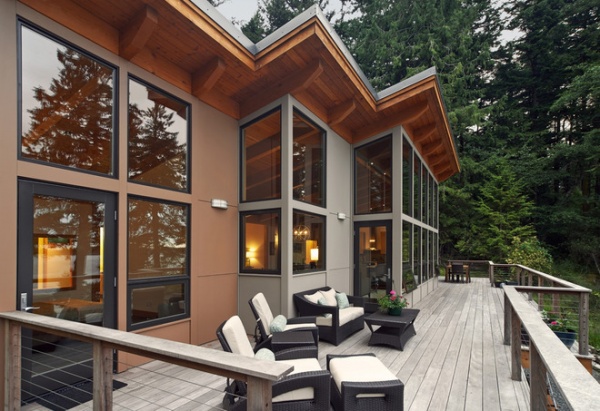
7. Building a prefab home is more environmentally friendly than a stick build. Prefabricated homes tend to be more environmentally friendly on a number of levels. Because they are made in a factory, there is far less disruption to the site and surrounding area during construction. Prefabricated-home factories create far less waste than the typical construction site and are often able to reuse extra materials in future projects. Some prefab design-build firms even go a step further by using recycled and renewable materials, and conserving energy.
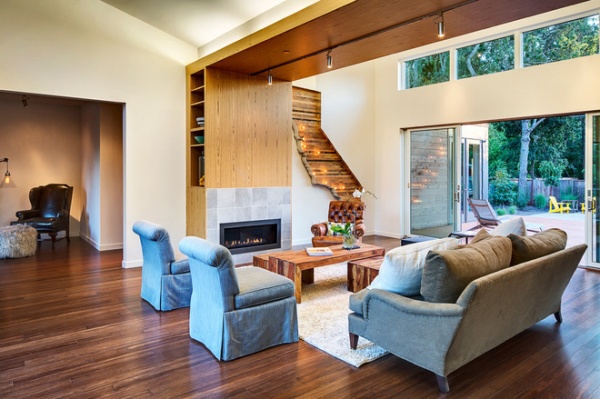
8. The cost of a prefab home is more predictable than that of a stick build. “There are usually some direct cost savings, but the biggest savings is time and predictable costs,” says Porteous. “Because the home is built in the factory, all the decisions need to be complete before construction starts. This allows the factory to provide a fixed bid, and it prevents the project from scope-cost creep common with traditionally built homes.”
9. The schedule is more predictable, too. “There are no weather impacts and few subcontractor impacts, because the homes are built in a controlled environment, with a stable and predictable labor force,” says Porteous. A construction project with a predictable end date? What a relief!
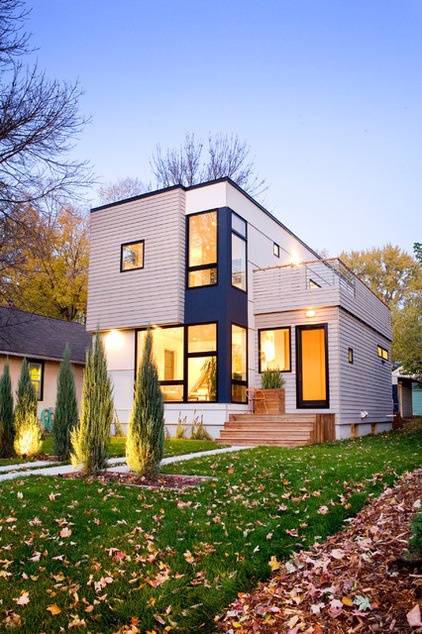
10. Adding on to a prefab home is often simpler than modifying a stick build. If you want to start out smaller but have the option of building on another wing, floor or room down the road, prefabricated homes can be a good choice, because they are often primed for modifications. In fact, if you discuss your ideas with your prefab pro before settling on a specific design, he or she may be able to point you toward the most flexible plan.
More:
Prefab Homes Expand Modern Design’s Reach
8 Fabulous Prefab Homes Around the World
Tell us: Are you a fan of prefab? Have more questions? Share your thoughts and experiences in the Comments.
Related Articles Recommended












